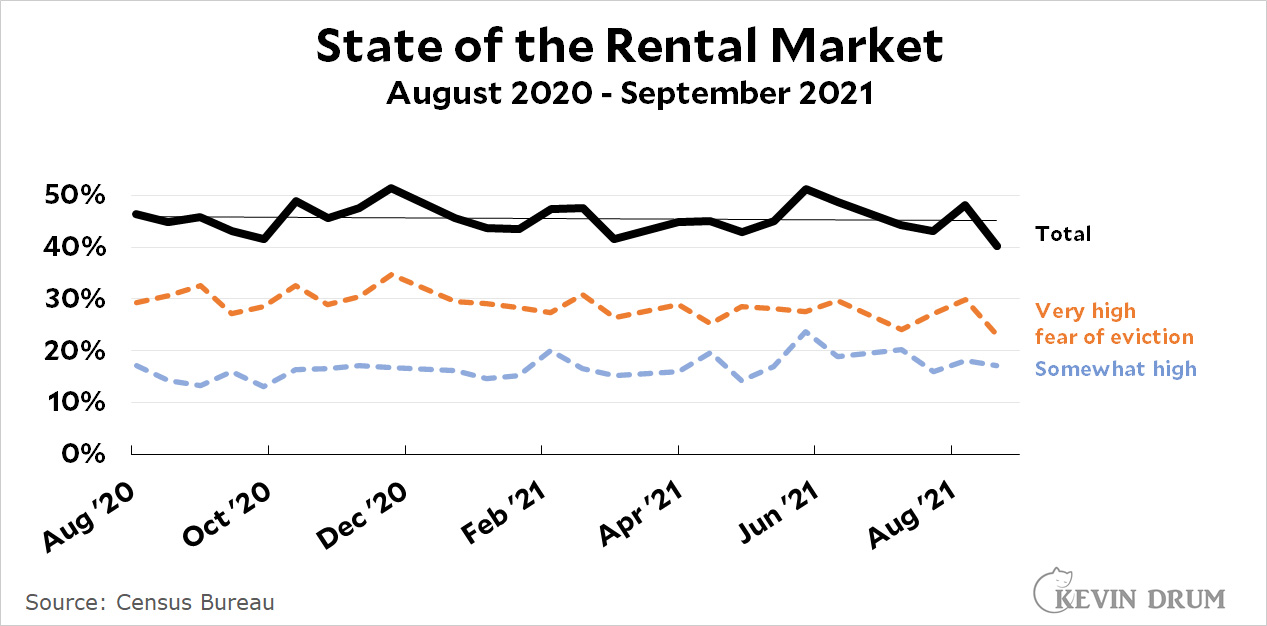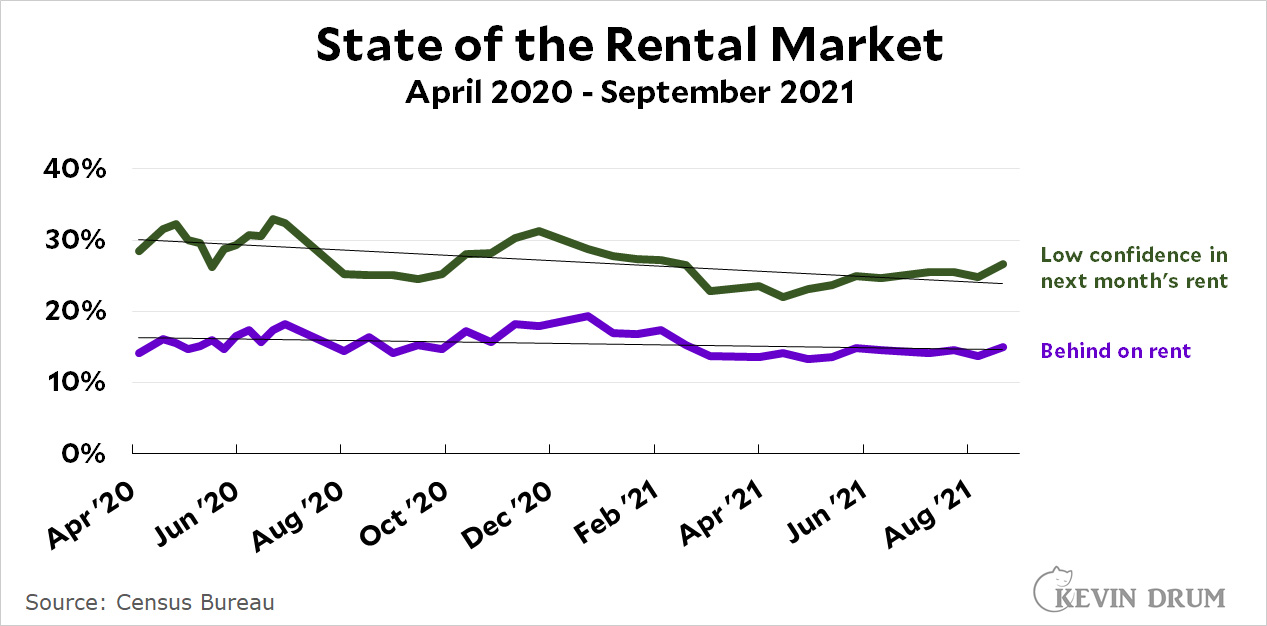For years, progressives have floated the idea of acting as a bloc and using their power to shape the Democratic agenda, a tactic levied by several of the most influential congressional caucuses.
On Thursday, they finally did: Progressives stood by a threat they issued this summer, when they promised to vote against the bipartisan infrastructure bill if it was considered in the House without a concurrent vote on a much larger reconciliation bill.
....This move marks a huge shift in the way the CPC has used its power and what it has asked of its members. Prominent progressives have long argued that if even a subset of the caucus stayed united, it could influence major legislation and make ambitious policy demands — modeling themselves after methods used by groups such as the conservative Freedom Caucus and the moderate Blue Dog Coalition.
Imagine my excitement: Yet another intractable caucus more interested in playing to the Twitter crowd than actually legislating. This hasn't worked out very well for Republicans, but at least they can just shrug if they end up passing nothing. It will work out even worse for us Democrats, who will be utterly defeated if we end up passing nothing.
Now, it's frequently the case that just as the shouting reaches a peak, suddenly everyone comes to an agreement and a compromise package gets passed. Maybe that will happen this time. We can hope.
More generally, though, it kills me to see the opportunity that we're passing up. With Trumpism taking over the entire conservative movement, this is an ideal time for Democrats to present themselves as the only sane alternative and build an unbeatable coalition of centrists and progressives. But the only way to do that is to appeal to purple districts and states, and that means moving toward the center. Not a lot, but at least a little bit. Enough to seem non-scary to middle-of-the-road voters in places like Iowa and Ohio, anyway.
Instead we're doing just the opposite, insisting that these voters will love us if we adopt the Bernie agenda lock, stock, and barrel. I don't understand why even delusional progressives would believe this, but I can only assume it's because they live in a bubble and have never actually met a moderate voter from Iowa or Ohio.
But maybe I'm wrong. I sure hope so. Because if I'm right we're blowing the chance of a generation.







